Email newsletters are perfect for promoting offers, nurturing leads, collecting feedback, and increasing brand awareness.
However, newsletter campaigns aren’t a plug-and-play solution. You need to develop a detailed strategy to reap the full benefits of newsletters. This requires clear marketing goals, audience research, and a content optimization strategy based on proven practices.
Below is a list of best practices for creating an email newsletter content strategy. If you want to send email newsletters that generate meaningful results, then continue reading.
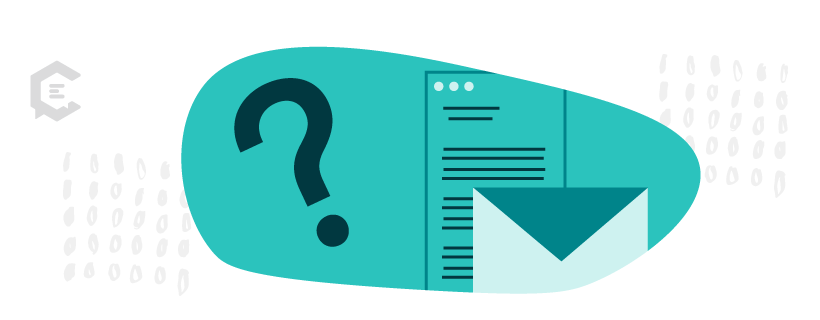
What is a newsletter content strategy?
Creating a content strategy is the first step to using newsletters. An email newsletter content strategy includes establishing communication guidelines, configuring the newsletter platform, analyzing newsletter performance metrics, and everything in between.
Here’s a quick rundown of the process for creating a newsletter content strategy.
- Define your business goals: Why do you need newsletters?
- Know your audience: Who are the recipients?
- Map your content development workflow: What are the content guidelines for your newsletters?
- Set up your newsletter platform: How will you create and manage templates for emails?
- Plan your email calendar: What are the upcoming topics for your newsletters?
- Identify and track key performance indicators (KPIs): How will you measure success?
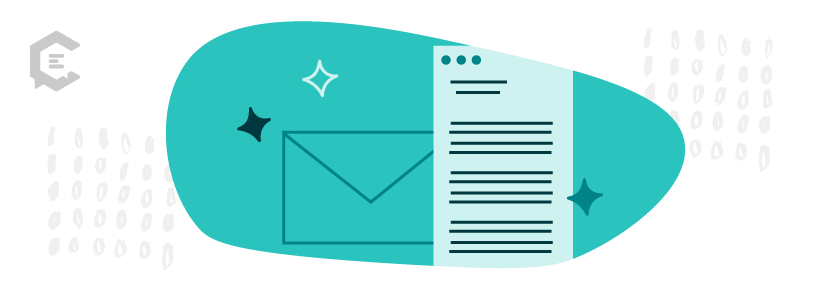
What are the benefits of having an email newsletter?
Here are the hard-to-ignore benefits of using email newsletters.
1. Builds brand awareness
People don’t read blogs every day. And while they use social media often, they can’t read everything on their feed.
Newsletters are different.
Thanks to mobile devices, most people get real-time email notifications. Even if they don’t read the email, seeing your brand’s name on their notification screens reminds them of your brand.
2. Lets you promote offers to warm leads
Emails are perfect for spreading promotional content.
According to MarketingProfs’ statistics, 61 percent of consumers like receiving promotional emails and newsletters weekly. That’s why email marketing assets, like newsletters and other marketing emails (abandoned cart, special offer emails, etc.), have a higher click-through rate than other channels, including social media.
3. Delivers on ROI
According to a study by Litmus, marketers make $36 for every $1 spent on email marketing, making email one of the most cost-effective marketing channels ROI-wise.
The opt-in factor is a reason behind the efficacy of email newsletters.
Instead of sending email messages to strangers by the thousands, you’ll be sending email newsletters to the people who opted-in to your newsletter content. That means they’re much warmer and expect your email newsletters to reach their inbox.
4. Keeps your team on the same page
When used internally, email newsletters unlock a host of benefits for an organization.
It gives employees a sense of belongingness, streamlines communication, improves collaboration, and more.
Newsletters also foster a progressive work culture driven by feedback. Business leaders can use them to spread survey forms and communicate changes based on results, signaling to employees that their voices are heard.
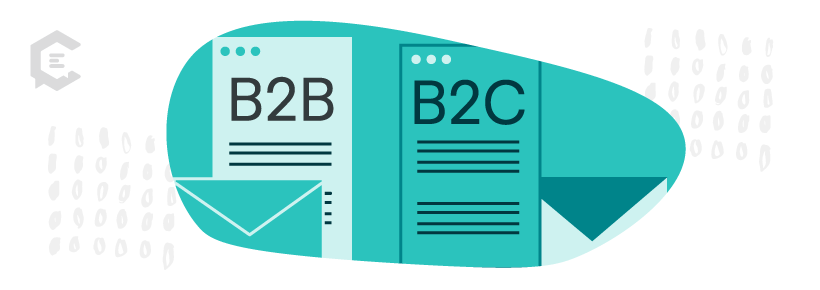
11 B2C and B2B newsletter best practices
Now that we’ve covered the benefits of newsletters, it’s time we talk about the best practices for creating a newsletter strategy.
1. Feature user-generated content
User-generated content, such as testimonials and customer reviews, is a powerful tool for building buyer confidence.
Positive reviews prove you’re more than capable of delivering results. That’s why 49% of customers trust reviews as much as recommendations from personal connections, including friends and family, according to BrightLocal.
2. Provide value
Your newsletter content strategy should focus on providing free information that’s helpful to your target audience. This eventually positions your brand as their go-to expert for topics in your niche.
Beef up your newsletter content with tips, interesting statistics, and links to more in-depth resources that matter to your subscribers. Curated content from authoritative third-party sources will also make your newsletter more valuable.
The go-to newsletter content that email marketers use is how-to guides. Sending how-to content pieces gives your email list a step-by-step action plan subscribers can take to address their problems, giving them clarity over their situation. And since the action steps came from you, it makes your company more “sticky” in your customers’ minds.
3. Create mobile-friendly emails
If your email newsletters are hard to read on mobile devices, you’re pretty much shooing away your readers. Consider using responsive email templates to make the email experience consistent across devices.
For newsletters that contain infographics and other visuals, use larger fonts to improve readability on smaller displays.
4. Write about trending topics
Trending topics are a proven method to capture readers’ attention regardless of channel — from social media posts to email newsletters.
Trending topics are fresh, intriguing, and value-packed, especially if the subject can make a huge impact on sales.
Writing about trending topics shows that you’re in tune with the state of your industry. It also wins the trust of savvy users who are deeply invested in your space.
5. Automate a welcome email
Your opt-in form should convey to your readers what your newsletters are about. It also pays to double down on reiterating your message through an automated welcome email.
Send automated welcome messages easily using templates and pre-built automation workflows offered by email marketing platforms. Invest in email marketing software since it helps scale your email marketing initiatives, gives you data/feedback about your campaigns’ performance, and they’re a time-saver, too.
6. Split test newsletters
Optimize your email content strategy by tracking your newsletters’ performance. Split testing can speed up your data collection process since you can send multiple versions of your newsletters simultaneously.
As data trickles in from your split tests, you’ll better understand your audiences’ email preferences.
A quick tip: Avoid changing multiple elements of your newsletters in a single split test. Change one element at a time. For example, you can split test the subject lines first. Once you’ve uncovered which subject lines perform the best, proceed with split testing your email signature, among other elements of your newsletters.
7. Track your newsletter frequency
Sending newsletters too often can lead to high unsubscribe rates. Sending too few, however, can cause your subscribers to lose interest.
Zeroing in on your list’s ideal email frequency can be tricky since your recipients have varying preferences. To determine the best email frequency, run surveys and experiment with various sending patterns.
Analyze pertinent KPIs, such as open rates, click-through rates, unsubscribe rates, etc., and how they correlate with varying newsletter frequencies.
Remember, creating compelling email newsletters takes time.
8. Borrow ideas from competitors
Learn from your competitors.
Since your competitors serve the same market and offer products or services that directly compete with yours, they’re the best to learn from.
Subscribe to their newsletters, then observe various elements of their strategy, such as:
- How often they send newsletters
- What subject lines they use
- Where they put CTAs
- How many visuals they include
If your top competitors are generating stunning results out of their strategies, there’s a good chance they will also work for you.
9. Keep it simple, short, and sweet
Overloading emails with excessive design elements, links, and thick walls of text makes it harder for recipients to focus on information that matters.
Only include details that add value to the experience.
For example, if you’re promoting a new product, there’s no need to write long-winded paragraphs. Get straight to the point and discuss its features, benefits, and pricing — capped off with a simple CTA.
10. Maximize engagement with personalization
Engagement is critical in B2B email newsletter campaigns. And if you want more engagement, you need to pay close attention to personalization.
There are several ways to make emails look and read more personalized. Some strategies include using plain text, mentioning the recipient’s name, and writing copy that revolves around the prospect’s pain points.
A not-so-common strategy that’s uber-catchy is using Gifs with the recipient’s first name. Gifs are awesome because they are fun and playful, giving your newsletters a more creative feel.
11. Provide something unique
High-value B2B prospects receive heaps of marketing emails all the time. To stand out, you need more than just free resources and bits of industry news. White papers and case studies, for example, can provide B2B leads with original data they can’t find elsewhere.
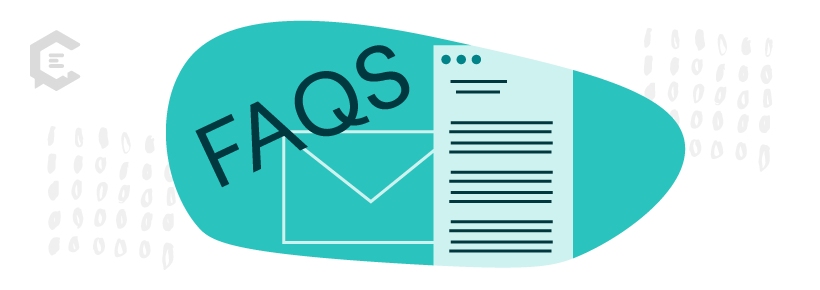
Email newsletters: Frequently Asked Questions
1. Which newsletter platform is best?
Some of the best newsletter platforms are:
- Mailchimp
- Keap
- Sendinblue
- ConvertKit
- Drip
- MailerLite
2. What type of email is a newsletter?
A newsletter is a type of marketing email regularly sent to subscribers. It can contain anything from industry news, product launches, blog posts, events, customer stories, and personalized messages.
3. What is the purpose of a newsletter?
Newsletters are used for various marketing goals, like product promotions, surveys, and company updates. Internally, businesses can use newsletters for employee engagement and culture development.
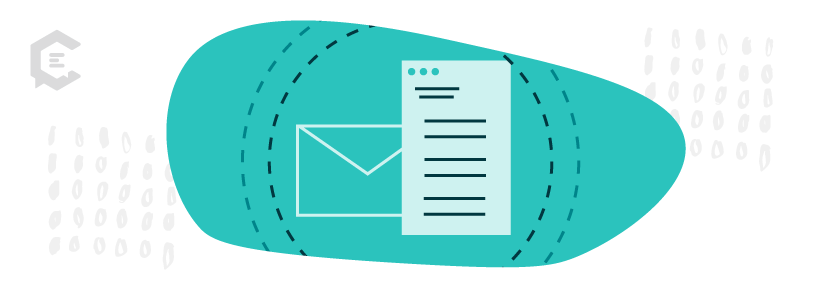
Create engaging email newsletters today
Don’t have the workforce to launch your email newsletter campaign?
Our network of seasoned email copywriters can supply you with the high-performing newsletter content you need to engage and convert your subscribers.
Get in touch with a content expert today using the form below!



